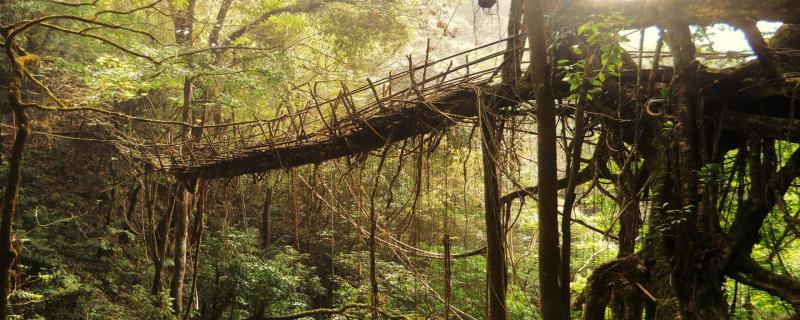Since 2012, six bridges have collapsed in Mumbai, killing 28 people and injuring hundreds. Often, news of flyovers and pedestrian bridges tumbling down have made it to the headlines across the country. Although durable materials like steel and concrete are used in today’s structures, poor quality of construction and lack of maintenance are often blamed for such catastrophes. Contrast this with the rock-solid centuries-old root bridges found in Meghalaya—many as old as 250 years and still growing strong—built without modern tools or design. Could the structure of these bridges unravel architectural clues for urban construction? In a recent study, researchers from Germany and the USA have tried to understand the morphology and structure of these root bridges, built out of the aerial roots of strangler figs, and that have endured floods, earthquakes, landslides and fires.


